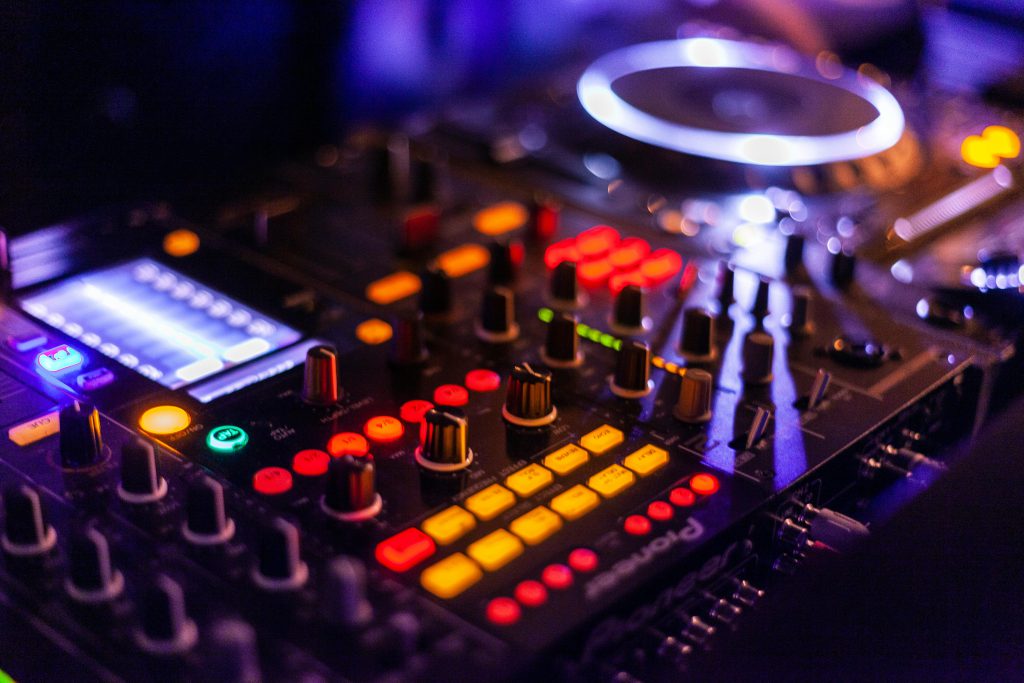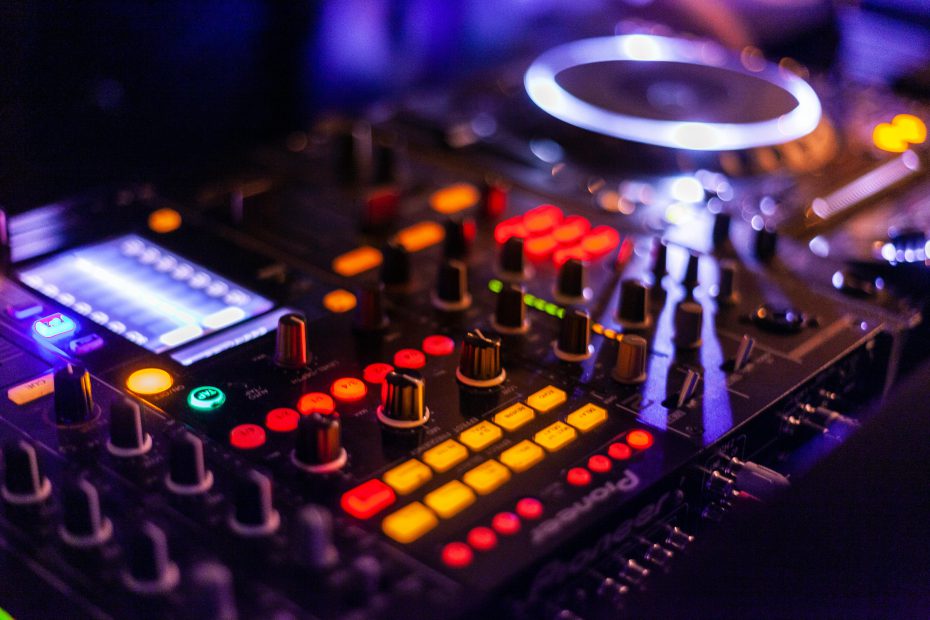How to Troubleshoot Common Issues with Digital Mixers
A digital mixer is an essential tool for live sound, recording, and broadcasting. These mixers offer advanced features and high-quality sound processing, but like any piece of electronic equipment, they can sometimes encounter issues. Whether you’re facing audio dropouts, connectivity problems, or software glitches, troubleshooting a digital mixer can save time and prevent disruptions during critical performances or recordings. In this guide, we will discuss common issues and their solutions to help you get the best performance from your digital mixer.

Understanding the Basics of Digital Mixer Troubleshooting
Before diving into specific issues, it’s important to follow a systematic approach when troubleshooting a digital mixer:
- Check the Power Supply: Ensure the mixer is properly powered and that all cables are securely connected.
- Inspect All Connections: Loose or damaged cables can cause signal issues.
- Restart the Mixer: A simple reboot can resolve many software-related problems.
- Review Firmware and Software Updates: Outdated firmware can lead to performance issues.
- Isolate the Problem: Test different inputs, outputs, and signal paths to pinpoint the source of the issue.
Now, let’s dive into specific problems and their solutions.
No Sound Output from the Digital Mixer
Possible Causes:
- Muted channels or incorrect routing
- Faulty cables or connections
- Speaker or amplifier issues
- Software glitches
Solutions:
- Check Channel and Master Volume Levels: Ensure that no channels are muted and that the master fader is raised.
- Inspect Cable Connections: Try replacing cables to rule out damage.
- Verify Output Routing: Make sure the main outputs are correctly assigned in the mixer’s settings.
- Test Different Outputs: Use headphones or an alternate output to determine if the issue is with the speakers.
- Reboot the Mixer: Restart the system to refresh settings and clear any glitches.
Digital Mixer Not Connecting to Computer or DAW
Possible Causes:
- Incorrect driver installation
- USB or network connection issues
- Software compatibility problems
- Faulty firmware
Solutions:
- Update Drivers and Firmware: Download the latest drivers from the manufacturer’s website and ensure firmware is up to date.
- Check USB or Network Cables: Replace or reconnect cables to confirm they are working properly.
- Adjust Audio Interface Settings: Ensure the correct input/output device is selected in your DAW.
- Restart Both Devices: Reboot your mixer and computer to reset connectivity.
- Try a Different Port or Cable: Sometimes, using another USB port or network cable resolves the issue.
Feedback or Distorted Sound in the Digital Mixer
Possible Causes:
- Gain settings too high
- Faulty microphones or cables
- Improper speaker placement
- Internal processing errors
Solutions:
- Lower Gain Levels: Reduce the gain on each input channel and adjust faders accordingly.
- Check Microphone Placement: Avoid placing microphones too close to speakers to prevent feedback.
- Replace Faulty Cables or Mics: Swap out equipment to rule out hardware issues.
- Use EQ and Filters: Apply a high-pass filter or EQ adjustments to reduce feedback frequencies.
- Restart the Mixer: A system reboot can help resolve processing errors.
Digital Mixer Freezing or Lagging
Possible Causes:
- Insufficient processing power
- Overloaded DSP effects
- Firmware bugs
Solutions:
- Reduce DSP Load: Turn off unnecessary effects and limit simultaneous processing tasks.
- Update Firmware: Install the latest firmware updates to resolve software bugs.
- Check System Resources: Ensure the mixer is not running too many background processes.
- Perform a Factory Reset: If freezing persists, reset the mixer to its default settings.
Digital Mixer Losing Saved Settings
Possible Causes:
- Corrupt internal memory
- Accidental resets
- Power surges
Solutions:
- Backup Settings Regularly: Save mixer settings externally or use cloud storage if available.
- Check for Firmware Updates: Some firmware updates fix memory-related issues.
- Use a UPS (Uninterruptible Power Supply): Protect the mixer from sudden power outages.
- Restore Factory Defaults and Reprogram: If settings are lost frequently, try a full reset and reconfigure from scratch.
Wireless Control Issues with Digital Mixers
Possible Causes:
- Weak Wi-Fi signal
- Interference from other devices
- Incorrect network settings
Solutions:
- Check Wi-Fi Connection: Ensure the mixer and control device are connected to the same network.
- Reduce Interference: Move away from other wireless devices that may cause signal disruptions.
- Update App and Firmware: Keep the mixer’s firmware and control app up to date.
- Use a Dedicated Router: For better stability, consider using a separate router for the digital mixer.
Crackling or Popping Sounds from the Digital Mixer
Possible Causes:
- Clock synchronization errors
- Buffer size issues
- Faulty cables or connectors
Solutions:
- Adjust Buffer Size: Increase the buffer size in the mixer’s settings or DAW to prevent audio dropouts.
- Check Clock Sync Settings: Ensure that the mixer and connected devices have matching clock settings.
- Replace Cables: Swap out audio cables to rule out connection issues.
A digital mixer is a powerful piece of equipment, but like any technology, it can occasionally run into problems. By systematically troubleshooting common issues, you can quickly resolve problems and maintain optimal performance. Always keep your mixer’s firmware updated, regularly back up your settings, and perform preventive maintenance to ensure longevity.
Understanding these troubleshooting techniques will help you handle any issues that arise, keeping your digital mixer running smoothly for live performances, recording sessions, or broadcasting applications. If problems persist, consulting the manufacturer’s support or seeking professional technical assistance may be the best course of action.
